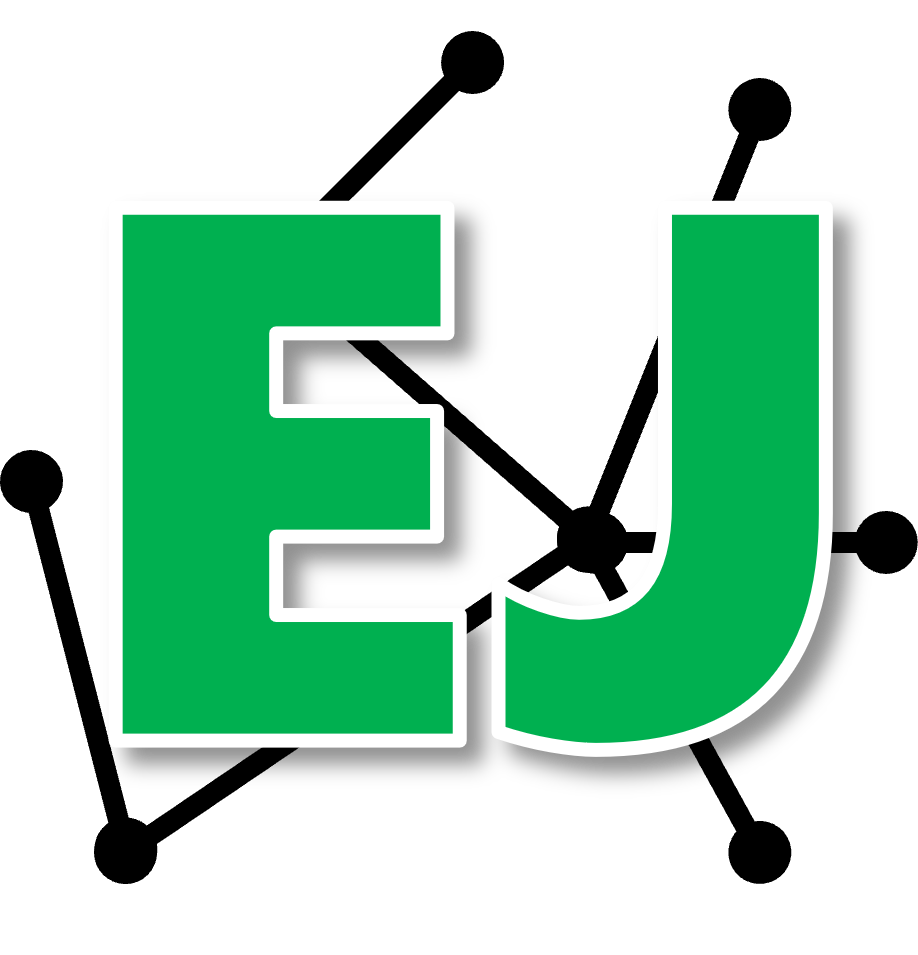===Electronic Edition===
RACHEL’S HAZARDOUS WASTE NEWS #159
—December 14, 1989—
News and resources for environmental justice.
——
Environmental Research Foundation
P.O. Box 5036, Annapolis, MD 21403
Fax (410) 263-8944; Internet: erf@igc.apc.org
==========
The Back issues and Index
are available
here.
The official RACHEL archive is here.
It’s updated constantly.
To subscribe, send E-mail to rachel-
weekly-request@world.std.com
with the single word SUBSCRIBE in the message. It’s free.
===Previous Issue=====Next Issue===
HOW TO PROTECT YOUR NEIGHBORHOOD FROM TOXICS.
What can you do in your neighborhood to reduce the dangers posed
by storage and release of toxic chemicals? Several new reports,
and some tactics developed by neighborhood activists, point the
way.
Back in 1986–even before we had an effective federal
right-to-know law–Carol Steinsapir and others at the Community
Environmental Health Center at Hunter College in New York City
began investigating chemical use and storage in the
GreenpointWilliamsburg section of Brooklyn. Their 1989 report,
Hazardous Neighbors? is a model of careful research and useful
recommendations. It shows how good research can provide a
community with tools and weapons for protecting themselves.
Greenpoint-Williamsburg is a community of 142,000 people, 60% of
them blue collar and semiskilled workers. Twelve percent of the
property in Greenpoint-Williamsburg is zoned for manufacturing,
and there are 778 industrial firms doing business there; the
remainder is residential, public works, and roads. Homes and
factories stand side-by-side in Greenpoint-Williamsburg, allowing
people to walk to work or commute only short distances. This
saves money, increases leisure time, and allows people to shop
locally, which keeps money in the neighborhood economy. However,
it carries risks as well because many firms use and store
hazardous chemicals on-site.
Stored chemicals represent considerable hazards; the U.S.
Environmental Protection Agency (EPA) estimates that somewhere
between 9 and 11 chemical accidents occur each day in the U.S.
(NY TIMES 10/3/85, pg. 1). Even routine leaks and releases can be
substantial; for example, beneath a Mobil Oil refinery in
Greenpoint-Williamsburg, there is a pool of 14.5 million gallons
of oil in the ground, moving slowly toward the ocean. And a
60,000gallon gasoline spill from a Mobil pipeline beneath a
street in Greenpoint-Williamsburg in April, 1988, created serious
threats of explosion in the municipal sewer lines.
A report like this one has many uses. People take it to their
local zoning board and ask for the most dangerous chemicals
(phosgene gas, for example) to be made illegal in heavily
residential parts of town. They take it to public meetings when
new chemical users try to move into the neighborhood: “Enough is
enough!” they say–and they have the evidence to make a strong
case. They use is as the basis for further investigations of
hazards in the neighborhood. They use it to confront polluters
directly, to demand the right to inspect facilities, to meet face
to face with big chemical users to express their concern and to
ask for detailed emergency response plans, and plans for phasing
out the most dangerous chemicals. They use it to make alliances
with local fire fighters who, after all, have their lives on the
line when fighting chemical fires.
Since Ms. Steinsapir and her colleagues began their research, a
new federal law has become effective. It is well known as “the
federal right to know law” but it has features that many people
still don’t know about. In addition to requiring big chemical
users to reveal their releases of chemicals into the neighborhood
(under Section 313), this law also requires companies to report
what quantities of chemicals they store in the neighborhood
(under Section 312). The U.S. EPA has developed a list of 366
“extremely hazardous substances” and “threshold planning
quantities” (TPQs); any company storing any of the 366 chemicals
in quantities greater than the TPQ for that chemical must report
to the government. Furthermore, the company is supposed to
evaluate what kind of hazard it represents to the surrounding
community and to describe on paper what steps it has taken to
minimize those hazards. There is supposed to be an organization
in your state–and perhaps in your neighborhood-that is
collecting this information from companies and they are supposed
to make it available to you.
The Citizen’s Clearinghouse for Hazardous Wastes (CCHW) has
recently published a booklet on this federal right to know law,
how it works, and how you can use it. This is the best, most
practical guide to the federal right to know law that we have
seen. The emphasis is on making this important new law useful in
your local battle to keep your neighborhood safe.
Here’s a small library of recent publications to help you protect
your neighborhood:
Carol Steinsapir and others, HAZARDOUS NEIGHBORS? (New York, NY:
Community Environmental Health Center [Hunter College School of
health Sciences, 425 East 25th St., Box 596, NY, NY 10010; (212)
481-4355], 1989. $15.00.
Stephen Lester and others, USING YOUR RIGHT TO KNOW (Arlington,
VA: Citizen’s Clearinghouse for Hazardous Wastes [P.O. Box 926,
Arlington, VA 22216; phone (703) 276-7070], 1989. $9.95.
John O’Connor and others, THE CITIZENS TOXICS PROTECTION MANUAL
(Boston, MA: National Campaign Against Toxic Hazards [20 East
Street, Suite 601, Boston, MA 02111; phone (617) 482-1477], 1987.
$25.00.
Peter Montague, WHAT CHEMICALS EACH INDUSTRY USES (Princeton, NJ:
Environmental Research Foundation [P.O. Box 5036, Annapolis, MD
21403-7036; phone (410) 263-1584], 1989. $25.00.
Ben Gordon and Peter Montague, A CITIZENS TOXIC WASTE AUDIT
MANUAL (Chicago, IL: Greenpeace [1017 W. Jackson Boulevard,
Chicago, IL 60607; phone (312) 666-3305], 1989. Free, but
Greenpeace requests a $5.00 donation to defray costs.
For additional information about the federal right to know law,
contact the Working Group on Right to Know, c/o U.S. PIRG, 215
Pennsylvania Ave., SE, Washington, DC 20003; (202) 546-9707.
–Peter Montague, Ph.D.
Descriptor terms: carol steinsapir; hazardous materials;
statistics; ny; mobil; gasoline spills; local governments; rtk;
cchw;
